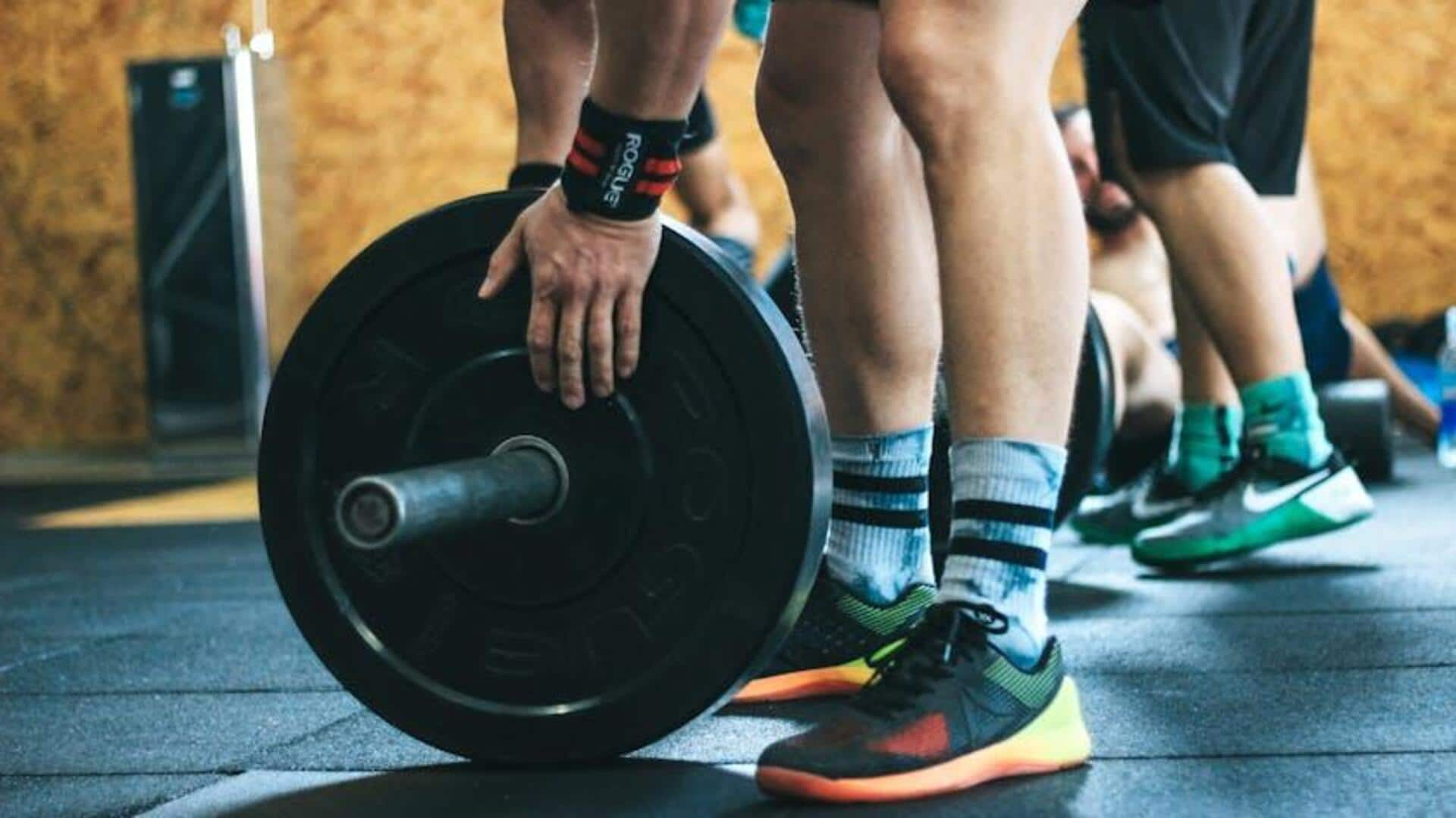Calf Raises
Calf raises form the cornerstone of any calf workout, and they're exceptionally easy to integrate into your routine. They can be performed virtually anywhere,
with or without equipment, making them a convenient choice. Stand with your feet flat on the ground and shoulder-width apart. Slowly rise up onto your toes, squeezing your calf muscles at the top of the movement. Hold for a brief moment, then lower yourself back down. This exercise primarily targets the gastrocnemius muscle, the larger calf muscle, contributing to overall leg strength and definition. For added intensity, you can perform calf raises on an elevated surface or add weights like dumbbells or a barbell. Begin with three sets of 15-20 repetitions, adjusting as your strength increases. Maintain a controlled pace to prevent injury and maximize muscle engagement. Remember to focus on the mind-muscle connection, consciously feeling your calves working throughout the exercise. Proper form is crucial; ensure your back remains straight and your core engaged to avoid strain.
Seated Calf Raises
Seated calf raises specifically target the soleus muscle, the deeper calf muscle that lies beneath the gastrocnemius. This variation provides a more focused workout. You'll need a bench or a stable chair and either weights or a resistance band. Sit with your feet flat on the floor, ensuring your knees are bent at a 90-degree angle. Place a weight, such as a dumbbell, on your thighs just above your knees, or loop a resistance band around your feet. Slowly raise your heels as high as possible, contracting your calf muscles. Hold briefly and then lower your heels back down to the starting position. The seated position minimizes the involvement of other leg muscles, directing the effort to the soleus. Aim for three sets of 15-20 repetitions. Maintain a slow, controlled movement throughout. This exercise is excellent for developing the lower portion of the calves, contributing to a balanced leg appearance. Ensure that the weight is secure and doesn't slip during the exercise.
Jump Rope
Jumping rope provides a dynamic and highly effective cardiovascular workout that also significantly engages your calf muscles. This exercise helps improve your overall fitness, coordination, and leg strength. Hold the jump rope handles and swing the rope over your head, jumping over it with each revolution. Start with short intervals and gradually increase the duration as your stamina improves. The repetitive jumping motion strengthens both the gastrocnemius and soleus muscles, contributing to calf muscle development. Jump roping not only builds calf muscle but also improves balance and coordination. Aim for 15-20 minutes of jump rope. Vary your routines with different jump styles – such as high knees or single leg jumps – to target different muscles. This versatile exercise can be done almost anywhere and requires minimal equipment, making it a great choice for anyone. Don't forget to wear supportive shoes to reduce impact.
Donkey Calf Raises
Donkey calf raises are a classic exercise that isolates the calf muscles, and it's an old-school favorite for a good reason. To perform this exercise, you will need a weight or a partner. Stand with your feet shoulder-width apart and bend over at the waist, resting your hands on a sturdy surface like a bench or a sturdy chair. You can have a partner sit on your lower back for added resistance, or use weight plates or a barbell across your shoulders. Slowly raise up onto your toes, squeezing your calf muscles at the top of the movement. Hold briefly and then lower back down. This exercise primarily targets the gastrocnemius muscle, and it's a great way to build size and strength. Aim for three sets of 12-15 repetitions. Keep your core engaged and back straight during the exercise. Controlled movements are essential to avoid strain. Ensure you have a good partner or secure the weight properly for safety.
Hill Sprints
Hill sprints are a powerful way to build explosive calf strength and improve cardiovascular fitness simultaneously. Find a moderately steep hill; the steeper the incline, the more intense the workout. Sprint uphill as fast as you can for 20-30 seconds. Focus on driving with your knees and pushing off with your toes to engage your calf muscles. Walk or jog back down the hill to recover, and then repeat the sprint. Hill sprints work the gastrocnemius and soleus, building both strength and endurance. This exercise provides a high-intensity workout in a short time, making it efficient for muscle development. Start with 6-8 repetitions and gradually increase the number as you get stronger. Hill sprints are extremely taxing, so always warm up properly before starting. Be cautious to avoid overexertion, particularly if you are new to this type of exercise. Consider the terrain, and be mindful of your footing.









